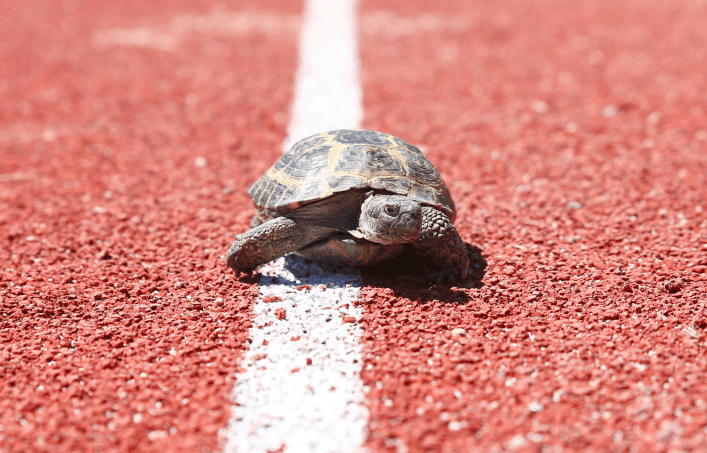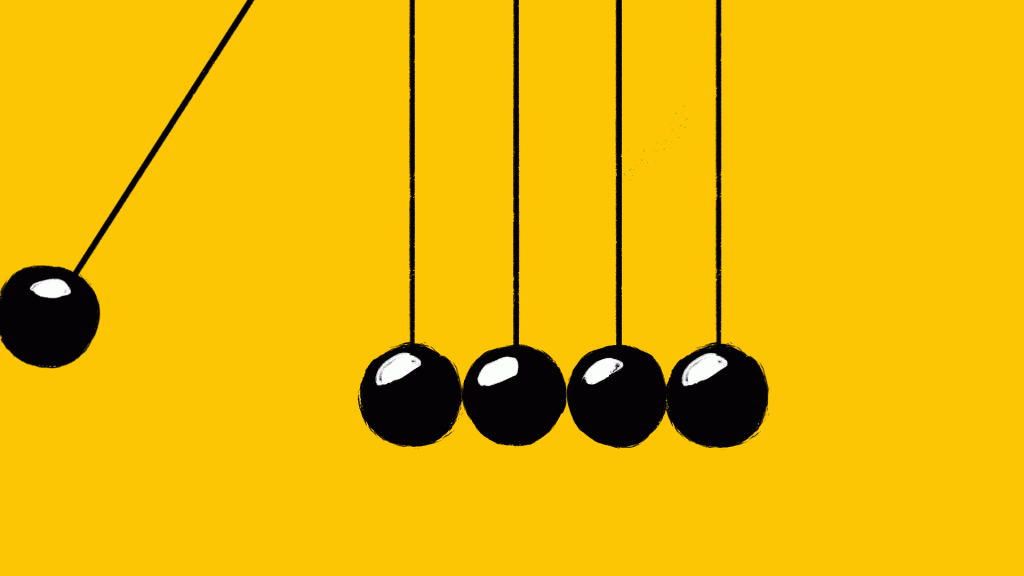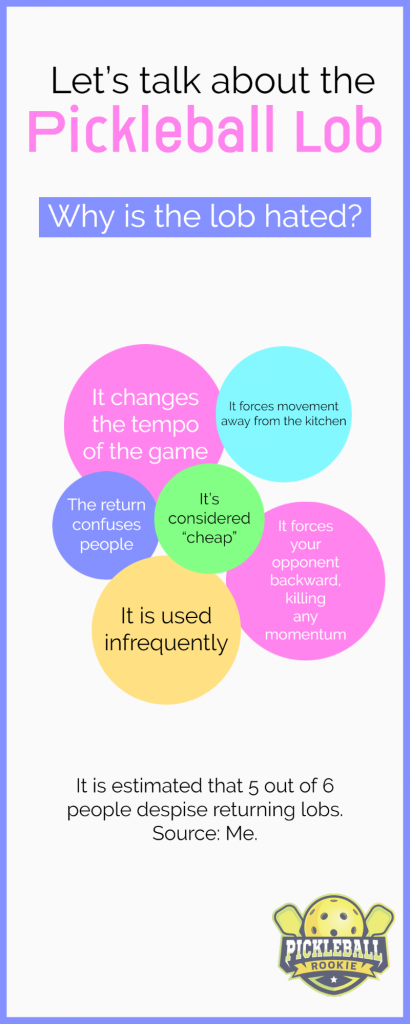Last Updated on December 2, 2025 by Drew Pierce
The pickleball lob is a strategic shot designed to push your opponents back to the baseline, opening up the court for an attack. It is most effective against players with limited mobility or when the sun is in their eyes. To execute it safely, you must disguise your motion and aim deep into the opponent’s backhand corner.
The pickleball lob shot can be the key to victory–or the reason why you aren’t invited back to play! The lob is one of the most frustrating pickleball shots for many players to defend against. This post will examine when to lob, when to avoid it, and how to execute it to perfection.
This post is about winning points and matches, not necessarily “playing nice.” While many players find the lob the “easy way out,” it can be a fantastic tactic if you pick and choose your moments.
What Is a Lob in Pickleball?
Like tennis, a pickleball lob shot is designed to get your opponent to retreat, as it is a high-arching shot intended to land deep in the backcourt. Since a pickleball court is considerably smaller than a tennis court, many players do not include the lob in their arsenal. I think this is a mistake. Lobs won’t work in every match, but there are certain conditions and opponents where a lob can be an effective weapon.
8 Times to Consider Using a Pickleball Lob
Your opponent has mobility issues, is slow and/or easily fatigued
Remember I said we wouldn’t be “nice” in this post? Part of any competition is identifying your opponent’s weaknesses and using them as an advantage. During my years playing recreational tennis, I wasn’t usually the best player, but I had an uncanny knack for picking up on players’ blind spots and exploiting the heck out of them.

Moving backward on the pickleball court is a skill that even athletic players can struggle with. Hit a couple of lobs early in a match to see how your opponent reacts. Given the court dimensions, you’ll need to execute perfectly–but you might find that sending someone forward and backwards is a key to exhausting them–which could be a key to victory.
Poor communication amongst doubles partners
As a relatively new pickleball player who participates in open plays and indie leagues, I learned quickly that the middle of the court could be gold for scoring points. So if you find yourself playing pick-up games against random pairs, always test the center of the court–especially with mid- and deep-court shots. Spotty communication between partners can make the lob an invaluable asset as both players scramble to cover the court.
Your opponent is short
I’m generalizing, of course, but hitting a lob against a tall or supremely athletic opponent is a pain in the ass. It’s possible but takes perfect execution. However, shorter players with shorter arms will generally have trouble covering the court vertically.
You catch your opponent leaning forward
Paying attention to your opponent’s position on the other side of the net is worth regular observation. Since pickleball is a game that requires forward movement towards the net to be successful, you can often find folks leaning forward in order to advance. If you can identify a “leaner,” you can use a lob to catch them off guard.
You smell frustration on the other side of the court
As previously mentioned, test a lob early in the match. If you see a flummoxed expression on their face, keep going back to the well. Many pickleball players dread playing bangers, but they secretly despise the lobber. It throws them off their rhythm and brings the unexpected.

Exploit a poor overhead
That brings us to one of the reasons folks despise the lob: they don’t have a good reply for it. I’m amazed at how many overheads go out of bounds or into the net. It’s the shot that players salivate over, but then when it’s right there for the taking, they botch it. Personally, I am more of a reactive player–give me too much time to think–and I become my own worst enemy. If your opponent gets smash-happy or is a clear overthinker, lob, lob, lob!
Use the elements to your advantage
The sun, wind, and backcourt area are all factors when deciding whether or not to lob the ball frequently. If the sun is at your back and in your opponent’s eyes, the lob can be a difficult shot to return. The wind can also wreak havoc, but for more advanced players with strong command over topspin, you can certainly play some mind games. 🙂 If you happen to be playing pickleball indoors, think of the lob as you would a deep serve: if there is a wall or other incumbrance, take advantage and look to send your foe in that direction and handcuff their return.
You’re losing and need to change the momentum
Like a baseball pitcher, you will want to change your game plan as the pickleball match progresses. A fastball is made more effective by the softer pitches (curve, off-speed, etc.). Pickleball play is no different. Mixing up speed, spin, and placement is vital for success. If you have been heavy into the dink game at the non-volley line, a lob can be an unnerving surprise for your opponent! A pickleball lob can be used at the non-volley line during a dink rally to catch your opponent on their heels.

You’re struggling to get the non-volley zone line
If you are finding yourself stuck in no-man’s land (mid-court), you might want to attempt a lob to help you advance toward the net. Intermediate+ players will know how to throw off your positioning, and a lob is sometimes what they need to eat to get you back on track.
Many pickleball players default to using the lob as a defensive shot. It’s the last resort when they are feeling fatigued or imminent defeat, so they start to float the ball upwards. Occasionally, you can steal a point this way or catch your breath, but I prefer to use the lob offensively instead of defensively.
So now that we know when a pickleball lob can be effective, how do you execute the shot?
How to Hit the Perfect Pickleball Lob
Upon making contact with the ball, you will want to be sure your pickleball paddle face is somewhat open, with your arm moving from low to high. Players who can hit with topspin can cheat this motion a bit, but if you are a beginner, keep it simple.
When striking the ball, seek contact in front of your body. Attempting a lob when the ball is behind you is a trickier feat with a significantly lower chance of success.
When it comes to ball placement, it is imperative to remember that the lob shot is designed to send your opponent backward. To ensure this happens, be sure that the ball’s peak is higher than your opponent’s reach. Easier said than done! If your ball falls short, your opponent will have many options to put you away. So above all, elevate that ball over players’ reach!
It is also wise to hit your lob to your opponent’s backhand, which is generally their weaker side.
Whether you love or hate the lob, it’s difficult to argue about its effectiveness when mixed in appropriately. We’d love to hear your pickleball lob tactics and tricks. Share them in the comments below. Happy lobbing!





3 thoughts on “How to Master the Pickleball Lob and Improve Your Game”